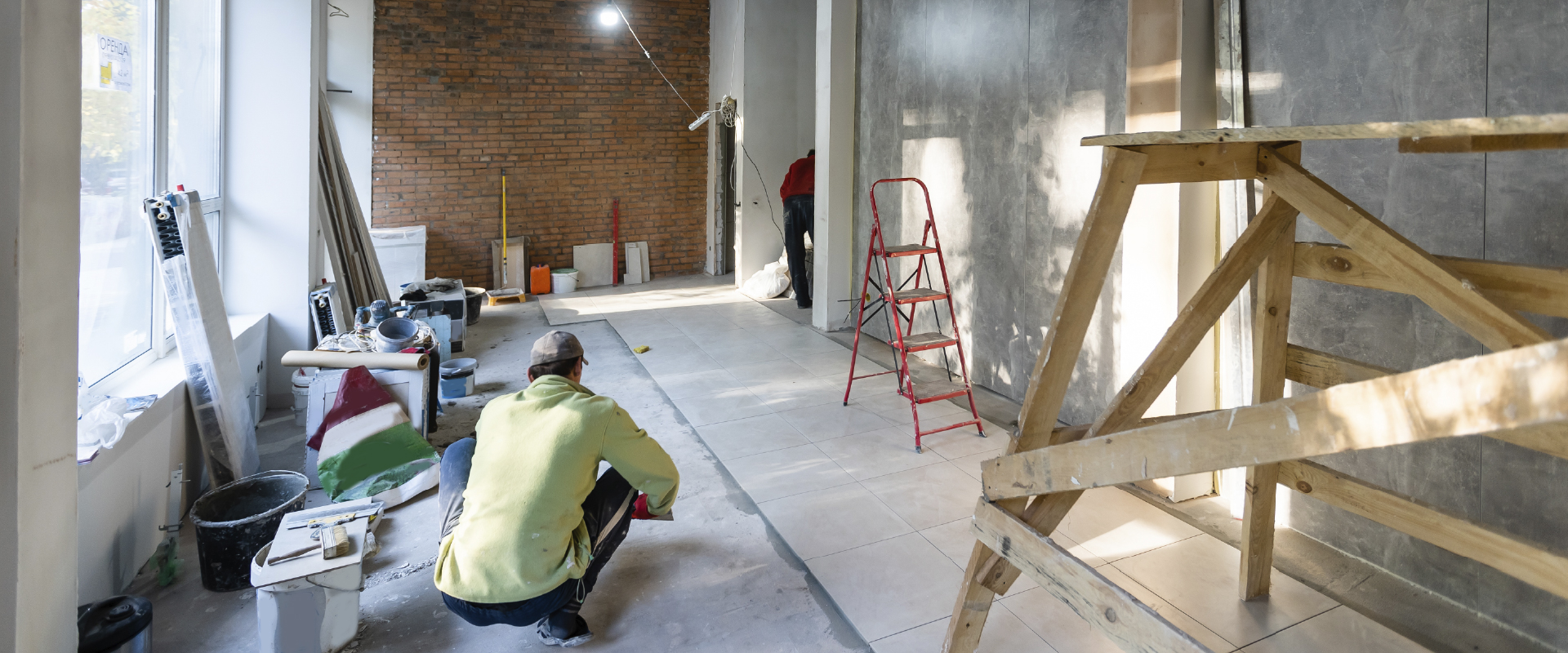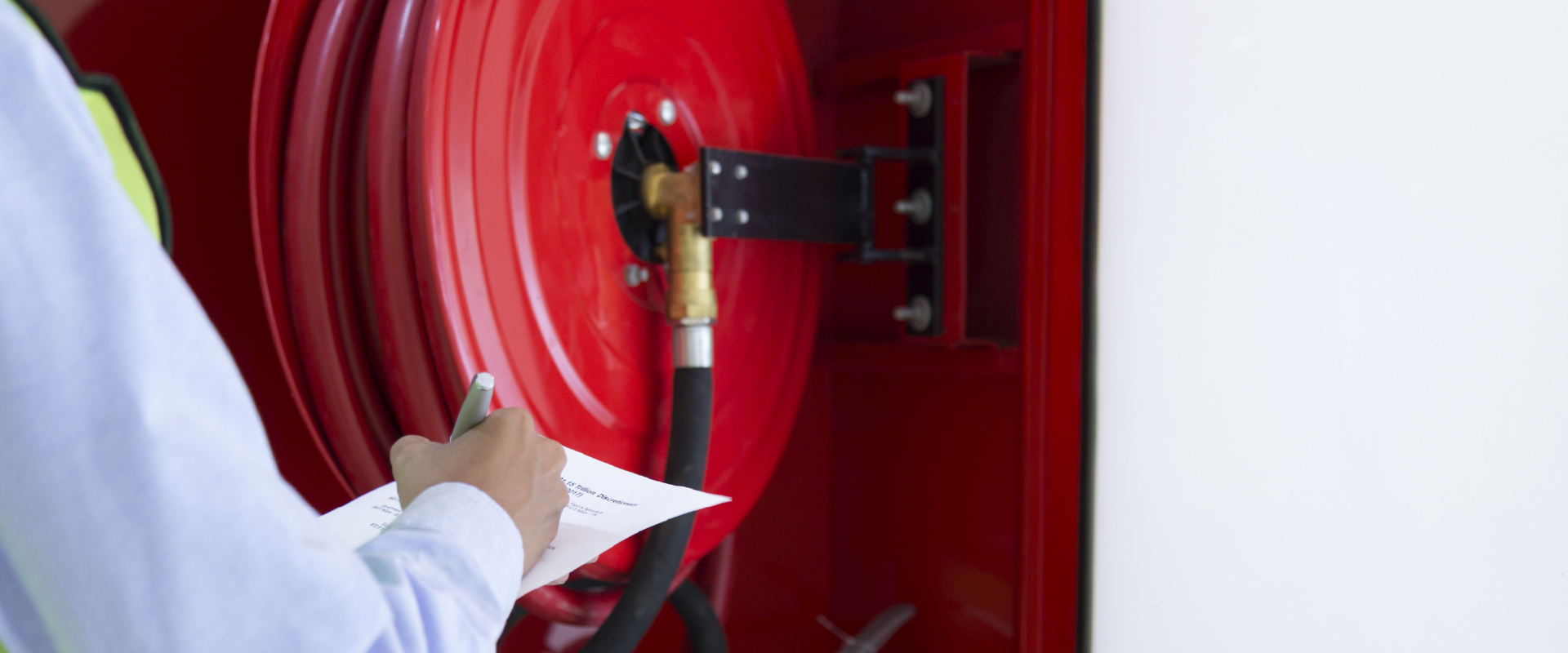Molds are microscopic fungi that can be found almost anywhere, both indoors and outdoors. While small amounts of mold are generally harmless, prolonged or excessive exposure can lead to adverse health effects. Some types of molds, such as black mold, are particularly harmful. The professional mold remediation specialists at CRUSA Construction and Restoration’s professional are experts at finding damp spaces and eradicating toxic mold from your homes and commercial buildings. This blog post will discuss the various health risks associated with mold, the dangers of black mold, factors that influence mold growth in buildings, and preventive and remediation measures.
Types of Molds
and Their Effects
There are several types of molds that can affect our health. Common types include Aspergillus, Cladosporium, Penicillium, and Stachybotrys chartarum, more commonly known as black mold. These molds release tiny particles, mold spores, into the environment, which can be inhaled, leading to various health problems, particularly in individuals with a weakened immune system or with pre-existing respiratory conditions.
Common Symptoms of
Exposure to Mold
Exposure to mold can have a variety of impacts on health, with symptoms that often resemble other illnesses, which can make diagnosis difficult. Mold exposure can lead to a range of symptoms, from mild allergic reactions to severe respiratory illnesses, and can cause allergic reactions in some individuals, which typically include sneezing, red eyes, skin rash, and runny nose. Those who already have asthma may find that exposure triggers attacks or makes their condition worse. Here are some of the common effects.
Respiratory Issues
Mold can also exacerbate existing respiratory conditions, leading to an increase in symptoms.
Exposure to mold can cause or worsen respiratory symptoms. This can include coughing, wheezing, chest tightness, and shortness of breath. People with asthma or chronic obstructive pulmonary disease (COPD) may find their symptoms worsen when exposed to mold.
Development of Asthma and Allergies
Prolonged exposure to mold can lead to the development of asthma and allergies. The mold spores trigger an allergic reaction in susceptible individuals, leading to sneezing, runny nose, red eyes, and skin rash. Those with severe mold allergies may experience more serious reactions, such as shortness of breath. Additionally, prolonged exposure to mold can lead to more serious conditions, such as hypersensitivity pneumonitis – an inflammation of the lungs – and even mold-induced asthma.
Cognitive Symptoms
In some cases, mold exposure can cause cognitive symptoms such as memory loss, trouble concentrating, and confusion. It’s important to seek medical attention if you’re experiencing these symptoms and suspect mold might be the cause.
Dangers of
Black Mold
Black mold, scientifically known as Stachybotrys chartarum, is particularly harmful and has received widespread attention. This type of mold produces mycotoxins, which, when inhaled, ingested, or contacting the skin, can have severe health effects. It’s also been linked to other serious respiratory infections. On the skin, contact with black mold can lead to irritation, rash, and in some cases, a severe allergic reaction. Given the serious health risks associated with black mold, it’s crucial to treat any black mold infestations as a significant health threat.
Toxic Effects
Black mold releases mycotoxins, which can have harmful effects when inhaled, ingested, or come into contact with the skin. Repeated exposure to black mold can lead to chronic health conditions such as hypersensitivity pneumonitis and, in severe cases, pulmonary hemorrhage – a condition that causes bleeding in the lungs.
Respiratory Infections
In addition to causing respiratory symptoms, black mold can also lead to serious respiratory infections, especially in those with weakened immune systems.
Skin Irritation
Contact with black mold can cause skin irritation, leading to a rash or hives. Some individuals may also develop a severe allergic reaction.
Factors That Influence
Mold Growth in Buildings
Mold growth within buildings is not a random occurrence; it’s influenced by several key factors, including moisture levels, ventilation, and the materials used in the building. Understanding these factors is critical for effective mold prevention and remediation.
Moisture and High Humidity
First and foremost, mold requires a moist environment, and areas of high humidity or water leaks create the ideal conditions for mold to thrive. Mold thrives in damp, humid conditions. Areas that are prone to water leaks or flooding, or have high humidity levels, are particularly susceptible to mold growth.
Insufficient Ventilation
Poor ventilation also promotes mold growth, as it allows for the accumulation of moist air. Bathrooms, kitchens, and basements – areas often associated with high moisture levels – are particularly susceptible if not well ventilated.
Building Materials
Additionally, the materials used in building construction can influence mold growth. Organic materials such as wood and drywall provide an excellent food source for mold, particularly when they become damp.
Prevention and
Remediation Measures
Mold prevention involves creating an environment unsuitable for mold growth. Preventing mold growth involves controlling the environmental conditions that encourage it, while remediation involves removing existing mold and preventing future growth. Despite preventive measures, if mold does grow, remediation is necessary to prevent further growth and mitigate health risks. This includes not just removing the visible mold, but also fixing the conditions that allowed it to grow, such as leaks or humidity issues. While small mold infestations can often be handled by homeowners, larger infestations, or those involving black mold, should be handled by professionals like CRUSA Construction & Restoration.
Proper Ventilation and Humidity Control
Good ventilation and humidity control are essential in preventing mold growth. Use exhaust fans in kitchens and bathrooms, use dehumidifiers in damp areas, and ensure that clothes dryers are vented to the outside.
Mold-resistant Building Materials
When building or remodeling, consider using mold-resistant materials, particularly in areas prone to dampness such as bathrooms and basements.
Regular Inspections and Maintenance
Regular inspections can help to catch mold growth early, while regular maintenance can prevent the conditions that encourage mold. This includes promptly repairing any leaks, cleaning gutters regularly, and ensuring the ground slopes away from the building foundation to prevent water accumulation.
Learn More about How
We Can Help with Mold Risks
At CRUSA Construction and Restoration, we have a team of experts who can help you navigate the complex issues of mold prevention, detection, and remediation. We offer comprehensive mold remediation services that include a detailed mold inspection to identify infestations, professional mold removal using state-of-the-art equipment, and preventive measures to avoid future growth. We are dedicated to ensuring your building or home remains a safe, healthy space free from the risks associated with mold. Whether you have a mold infestation or want to learn more about prevention, reach out to us. We’re here to help with your mold-related concerns. For more information about mold risks and our remediation services, please contact us at CRUSA Construction and Restoration.
Frequently Asked Questions
Mold is often visible as a black or greenish growth, and you may also notice a musty smell. If you suspect mold, it's best to get a professional inspection.
While small areas of mold can often be cleaned with household cleaners, larger infestations or black mold should be handled by professionals to ensure safe and complete removal.
While mold remediation removes existing mold, it can come back if the conditions that led to its growth are not addressed. This includes fixing any leaks and maintaining proper humidity levels.
Not all black-colored molds are toxic, but Stachybotrys chartarum, often referred to as black mold, can release harmful mycotoxins.
Mold prevention involves controlling moisture levels, ensuring good ventilation, using mold-resistant materials, and regular inspections and maintenance.



